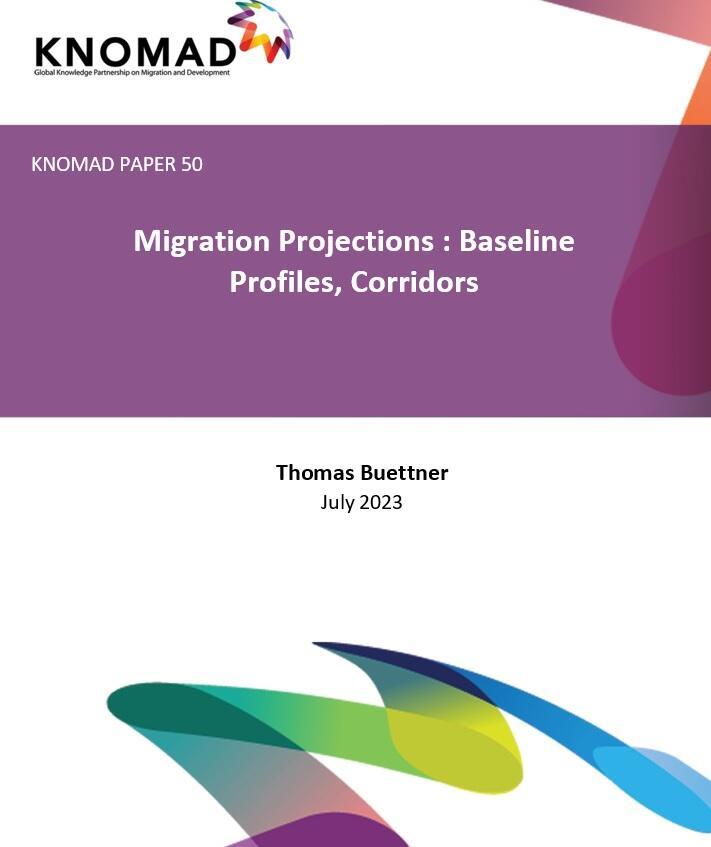
Migration Projections: Baseline Profiles, Corridors
On a global level, net migration has been used to have at least migration's overall impact covered. This paper endeavours to put gross migration, that is the bilateral flows of people between countries, in the toolbox of demographers. The challenges for this are formidable. Because the original flow data are available for about 50 countries only, and because the aim is at the global level, the paper utilized recent estimates of bilateral migration flows that were derived from available foreign born or foreign citizenship populations. A comparison between official emigration and immigration statistics with annualized migration estimates showed reasonable accordance, if not for the level and fluctuations but for the apparent trend for several countries. Like all projection exercises, migration projections begin with the formulation of assumptions. The paper presents demographic baseline profiles for 15 countries, including migration flows, for the discussion of such projection assumptions. Finally, the paper presents some results of a projection exercise of total migration flows between 194 countries for which relevant data could be gathered and prepared. The presentation of results was organized by focusing on 29 migration corridors identified in a previous paper. The choice of the projection methodology was guided by the rough migration estimates that can only be seen as a starting point for further refinement. The migration flow projections are discussed in some detail for the most prominent migration between the United States, Mexico, El Salvador, and Guatemala (Central America – Norther America, Corridor 1). The paper concludes that, despite the poor data availability, the large number of countries, and the suggested move towards a single-year data format, bilateral migration flow projections are feasible.

